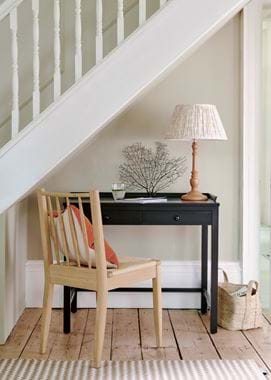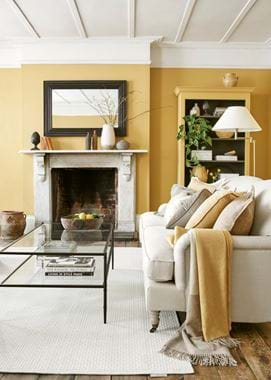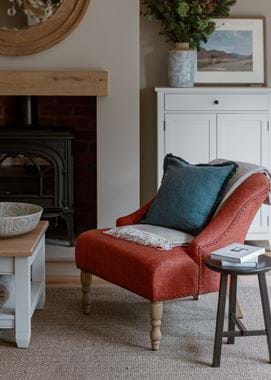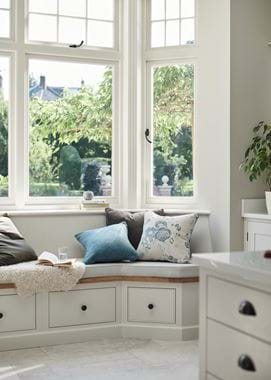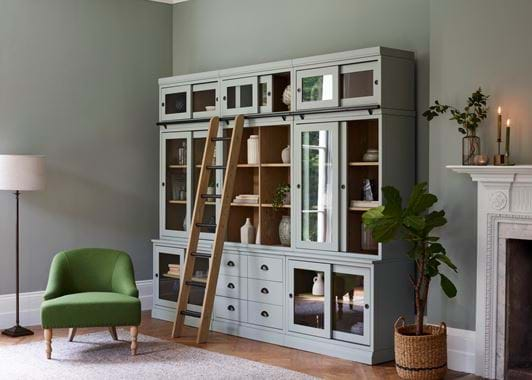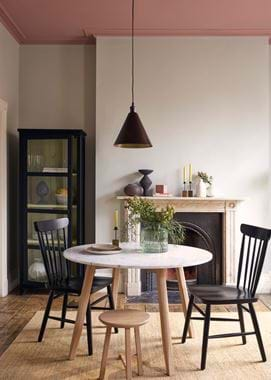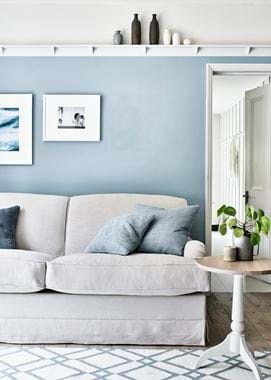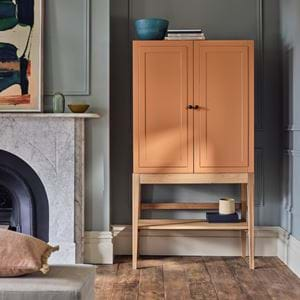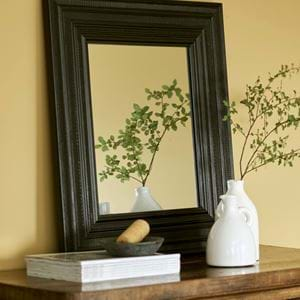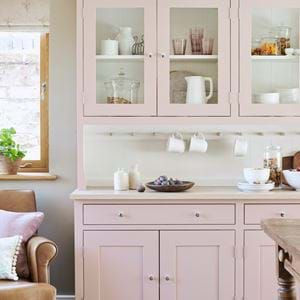Ways to address difficult spaces
Ways to address difficult spaces
It’s no secret that period properties can have an irresistible allure, but beyond the charm of cornicing and ceiling roses, small and unconventional spaces are often a reality. We asked Kyra, our home designer from Neptune Farnham, herself a Victorian terrace dweller, how to make the most of every spare inch.
Under the stairs
Perhaps surprisingly, if your stairs are in the hallway, closing off the underneath isn’t always advisable. It may create more storage, but by enclosing the space, you risk creating a dark and narrow corridor. Rather, open the area up and give it purpose; a desk often works perfectly under the stairs teamed with a small footstool that can be stowed away to keep your walkway clear. Don’t forget a desk lamp or small floor lamp, as these areas tend to be slightly darker.
Alternatively, if your stairs are in (or very near) the kitchen, an under stairs larder for non-perishable items, or even a spill-over area for your appliances will work wonders.
Bay windows
Window seats are a timeless solution for bay windows, providing cosy and functional seating with hidden storage. If your window seat is in the kitchen, couple with a round dining table and chairs to establish a relaxed breakfast spot, or for the sitting room, create a cossetting reading nook. For windows that drop all the way to the floor (or too far down the wall) to accommodate a window seat, an armchair and round footstool will work just as well, paired with a height-adjustable floor lamp.
Alcoves
Often, the best solution here is built-in cabinets, with doors, open shelving, or both. But if you have a smaller room, this can take up valuable floor space. Slim, freestanding furniture, such as a drinks cabinet or tall sideboard, can be employed in these tighter areas; the spare space will create the appearance of more room, too. Hanging a mirror, as opposed to artwork, in an alcove will bounce light around and further enhance the illusion of space.
If storage is the name of your game, however, build your cabinets as tall as you can and paint them the same shade as your walls (and don’t forget to add on any matching cornicing or coving). They’ll look as if they’ve always been part of the room.
Ceiling height
In many Georgian, Victorian and Edwardian houses, ground floor ceiling height can be very generous. A modular storage piece, like our Chawton collection, can capitalise on the extra vertical wall space. Pair with the Chawton ladder to make the higher cabinets easily accessible.
On the other hand, high ceilings can make a room feel a little too open. To create the illusion of a lower ceiling, add a picture rail (if you don’t already have one) and paint everything below the rail in a darker colour, and everything above, lighter (the reverse can work the same too).
Over the door
This is the ideal place for display shelving – particularly in hallways and narrower passages, as the eye is drawn upwards, accentuating the ceiling height rather than the limited wall width. For a considered touch, tailor any books housed here to the room. If your shelves are over the door to the dining room, exhibit food and drink titles, or for a guest bedroom, bedtime stories and lighthearted tales.
Ready to talk about ideas for your own space? Book an appointment with one of our home designers. Or, start by finding out more about our Home Design Service here.

